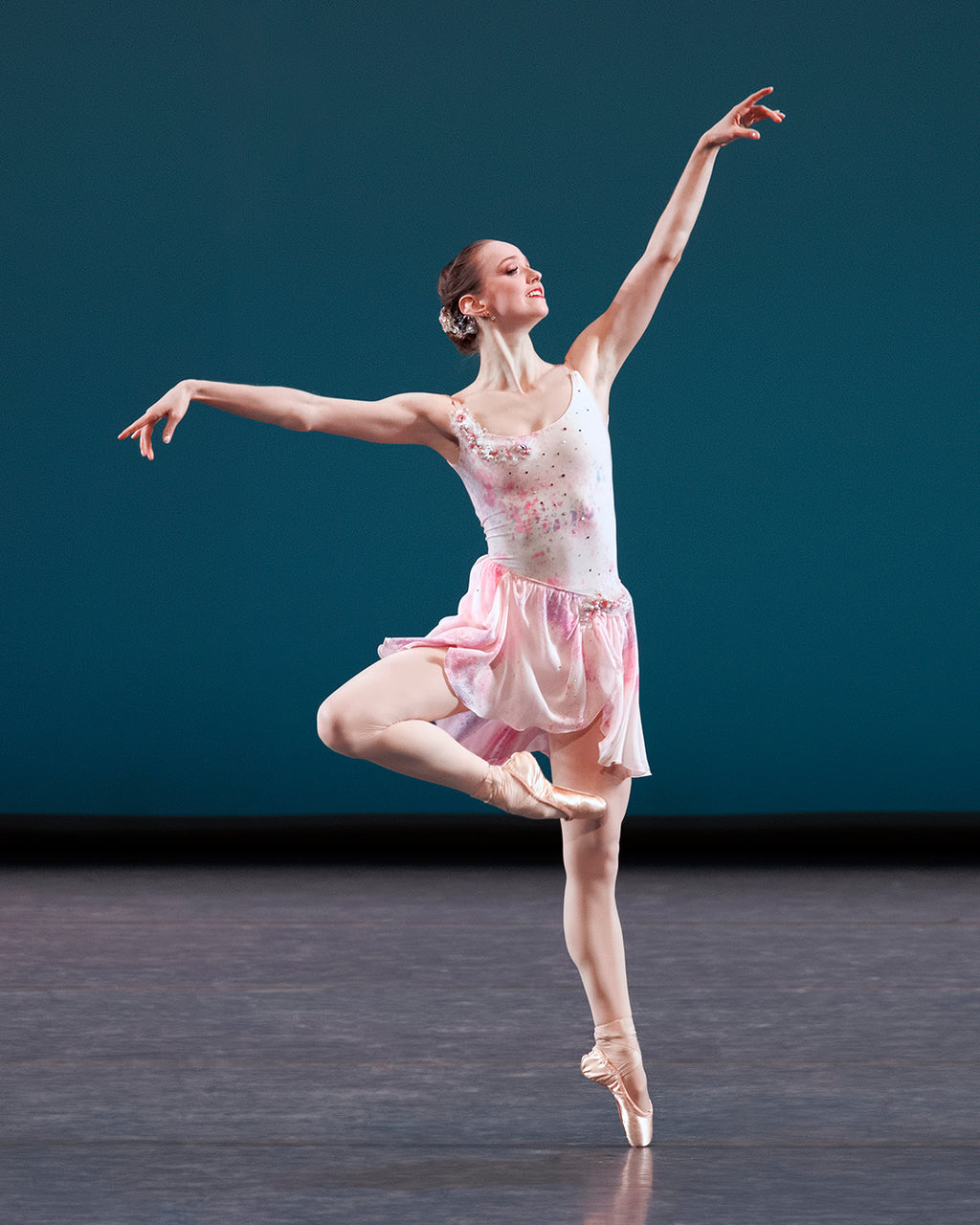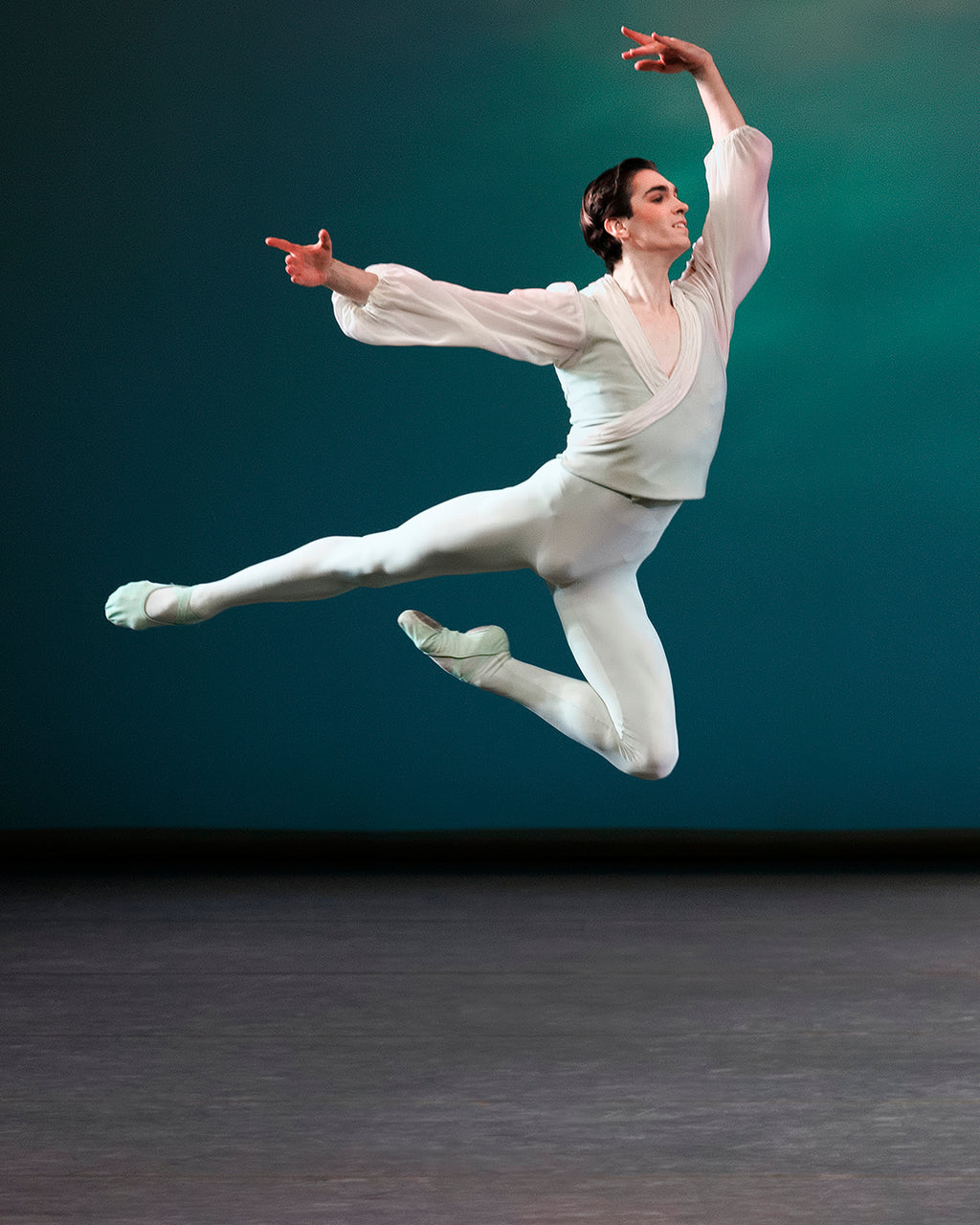Natural Histories
Miriam Miller steps into the center and raises her arm with deliberation, pressing her palm upward to the vaulted Gothic ceiling of the cathedral.
Continua a leggere
World-class review of ballet and dance.
At the tail end of the New York City Ballet’s winter season, the sixth and final showing of the “Classic NYCB” program featured thrilling debuts: soloist Emma Von Enck and second-year corps de ballet member David Gabriel assumed the lead roles in Balanchine’s tricky “Ballo della Regina.” I predict many opening nights in their futures. The evening tilted young overall. Only one dancer in the principal rank performed. It was exciting to see the next generation in the driver’s seat for a bill bookended by George Balanchine and Jerome Robbins. But this was not the strongest lineup, and I quibble with the label “Classic.” It seems like the program’s title was slapped on as a thoughtless catchall. At least, I hope it was.
Performance
Place
Words



“Uncommonly intelligent, substantial coverage.”
Your weekly source for world-class dance reviews, interviews, articles, and more.
Already a paid subscriber? Login


Miriam Miller steps into the center and raises her arm with deliberation, pressing her palm upward to the vaulted Gothic ceiling of the cathedral.
Continua a leggereIn a series called “Just Dance” on Nowness—a site I sometimes visit to see what’s up in the world of “genre busting” dance films that make it onto this stylized platform—I sometimes find little gems that quietly rock my world.
Continua a leggereBack in October, New York City Ballet got a new cowboy. His arrival occurred in the final section of George Balanchine’s “Western Symphony.”
Continua a leggereWhen Richard Move enters from stage left, his presence is already monumental. In a long-sleeved gown, a wig swept in a dramatic topknot, and his eyes lined in striking swoops, the artist presents himself in the likeness of Martha Graham—though standing at 6’4, he has more than a foot on the late modern dance pioneer.
Continua a leggere
Albert Evans was a beautiful dancer and a wonderful person. After retirement he continued to contribute to the company as a Ballet Master. Including his ballet in the program was great.